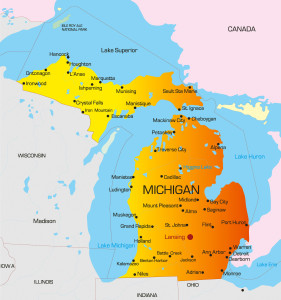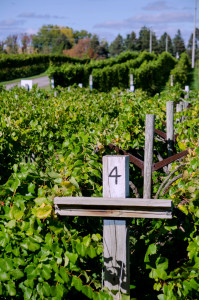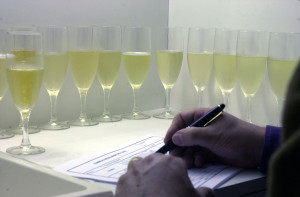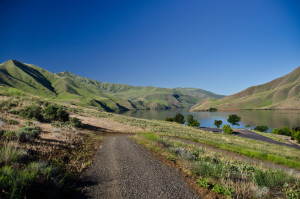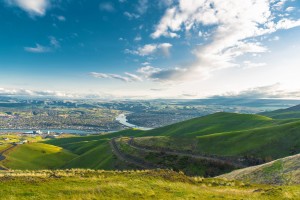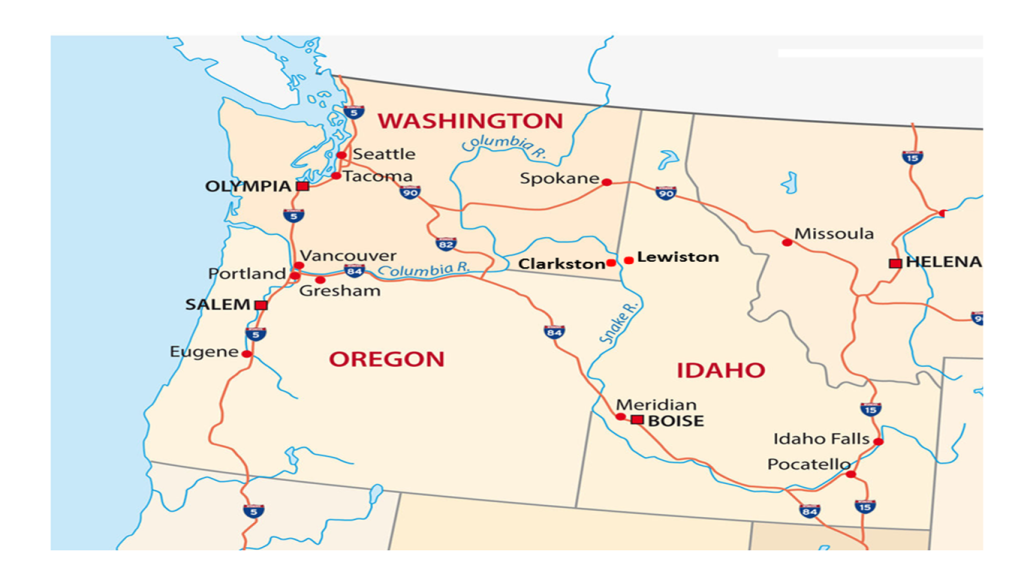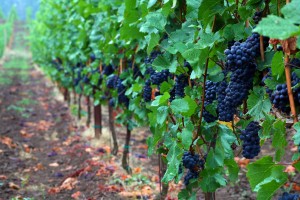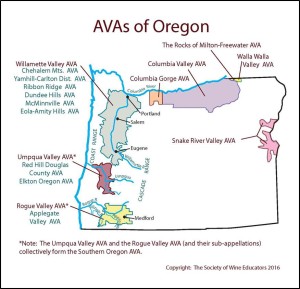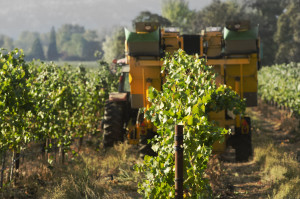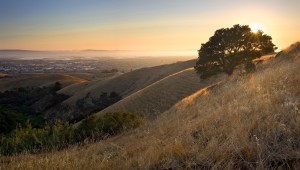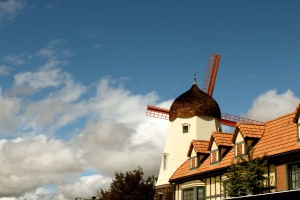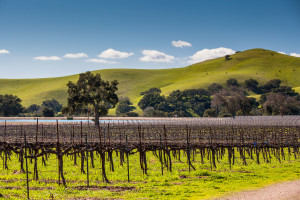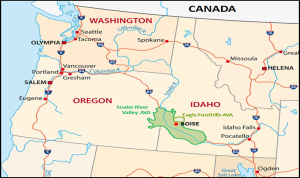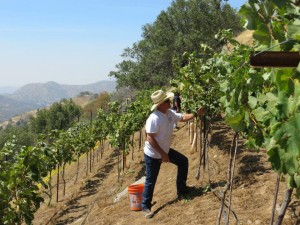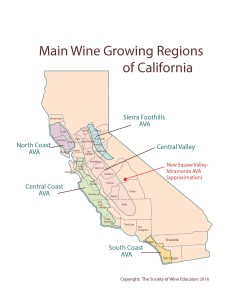Welcome to the World, Champlain Valley of New York AVA!
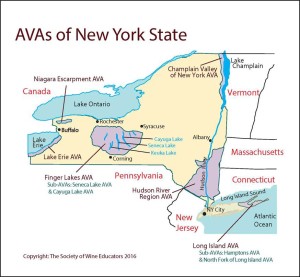 On Monday, August 22, 2016, the TTB published a final ruling establishing the Champlain Valley of New York AVA (American Viticultural Area). The new AVA will be effective as of September 21, 2016. The new AVA does not lie within or contain any previously established viticultural area.
On Monday, August 22, 2016, the TTB published a final ruling establishing the Champlain Valley of New York AVA (American Viticultural Area). The new AVA will be effective as of September 21, 2016. The new AVA does not lie within or contain any previously established viticultural area.
In the original petition for the AVA, submitted in May of 2013 on behalf of the Lake Champlain Grape Growers Association, the area was described as “a long, narrow, relatively flat valley on the western shore of Lake Champlain.” The AVA is located in in Clinton and Essex Counties in New York State, near the Adirondack Mountains and the border with Vermont. The area within the AVA is approximately 82 miles long, and 20 miles wide at its northernmost and widest point (along the New York-Canadian border). The region narrows to approximately 5 miles wide at its southern edge.
There are currently six bonded wineries (including Amazing Grace Vineyard & Winery, Elfs Farm Winery & Cider Mill, Stonehouse Vineyard, and Vesco Ridge Vineyards), 11 commercial vineyards, and just over 15 acres of commercial vines within the boundaries of the AVA. There are plans to establish 63 additional acres of vineyards in the near future.
The original proposal was noteworthy due to the fact that one of the arguments in support of the “distinguishing features” of the Champlain Valley of New York AVA is its short growing season and cold climate, both of which are conducive to growing cold-hardy North American hybrid grape varieties (such as Frontenac, La Crescent, and Marquette) but not necessarily grapes of the vinifera species.
With this new arrival, the total number of AVAs in the United States is now 237. For an updated copy of the SWE wine map of New York State, click here.
- You can read the original petition, the comments, and the final ruling on the TTB website.
- For more information on the area, visit the website of Lake Champlain Wines.
post authored by Jane A. Nickles…your blog administrator
